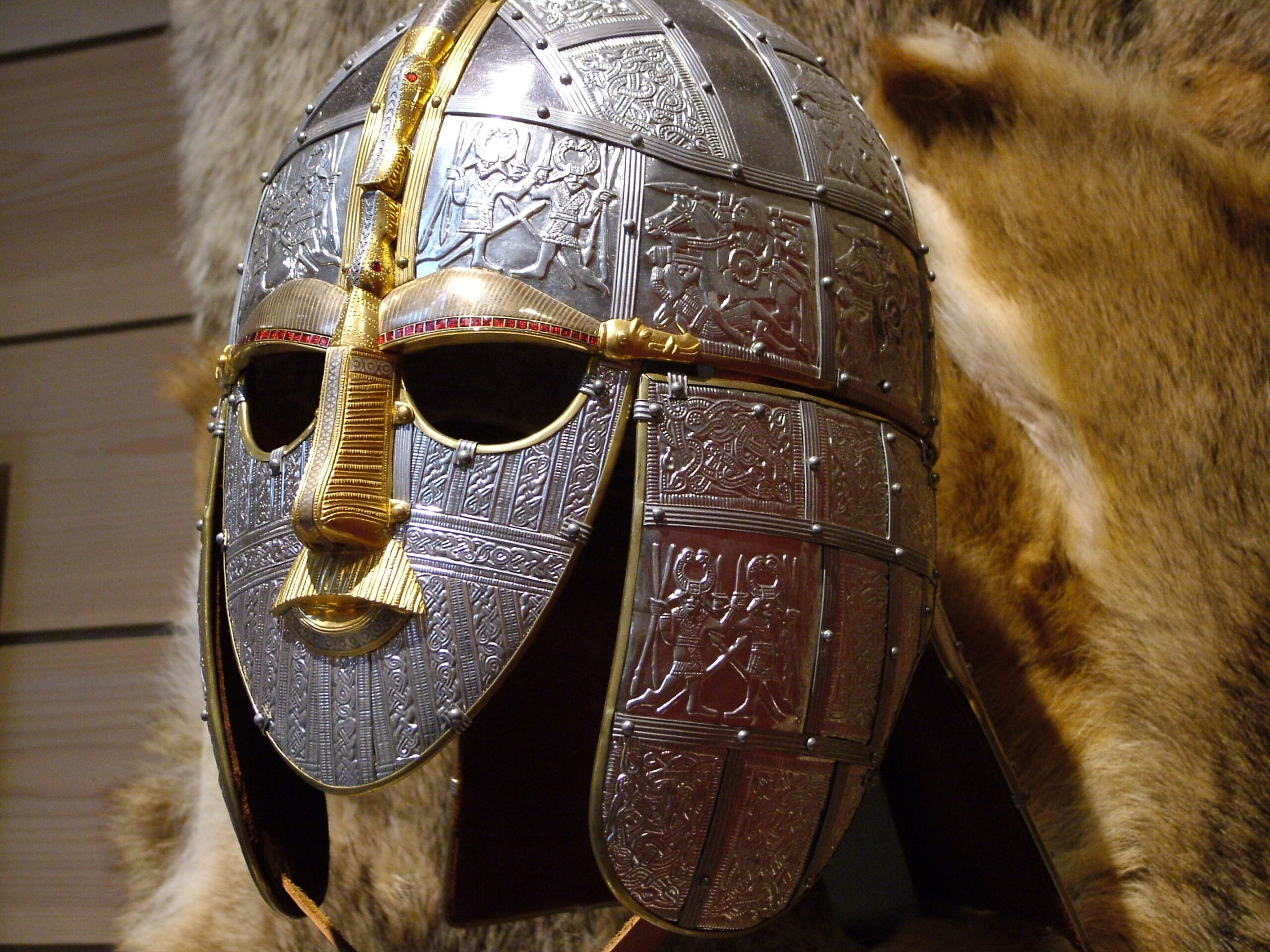
Recently immortalised by Ralph Fiennes in the Netflix production The Dig, Basil Brown, the self-taught excavator who discovered the remains of a ship close to Woodbridge has received a blue plaque on his former home in Suffolk.
Designed to celebrate the homes and workplaces of notable Britons, blue plaques confer an enviable distinction on locations that certainly make them deserving of a blog post or two. We’re also especially pleased to hear of the news as Brown’s home in Rickinghall is only a mere half hour drive from our Barns for rent in Suffolk.
Recommended and supported by a group of dedicated volunteers, the plaque was unveiled in a ceremony on 8th May, a significant date which marked the 84th anniversary of the famous discovery.
Originally from Bucklesham, a small village just outside of Ipswich, Brown moved to Rickinghall and bought the home in 1935. It was here that he would work alongside local landowner Edith Pretty who had become curious about several mounds of earth on her estate. This curiosity turned out to yield plentiful results once Basil and his team got to work and identified the outline of a 27-metre long 7th century Anglo-Saxon ship after digging for several hours.

Though the original ship had fallen victim to Father Time and left only an imprint of its former self on the soil, a burial chamber at the centre had retained plenty of exciting treasures. Among these treasures were weapons, armour, pots, and the now iconic Sutton Hoo helmet.
Perhaps the greatest time capsule to be retrieved from Anglo Saxon England, many notable scholars agree that the ship was the burial site of Raedwald, King of East Anglia who died in 624.
Now under the stewardship of the National Trust, the Sutton Hoo burial site is open to visitors keen to get a closer look at English history, with exhibitions running throughout the year.
Now part of the blue plaque brigade, Brown joins fellow Suffolk luminaries who have the prized plate adorning their former abodes. These include:
- Charles Dickens
No doubt England’s most celebrated novelist, a blue plaque appears in honour of Charles Dickens on the Angel Hotel, a place he would regularly frequent and even featured in The Pickwick Papers.
- Thomas Gainsbourgh
As Dickens was to the page, so Gainsbourgh was to the canvas. As an artist who continues to capture the public’s imagination, it’ll be no surprise to learn that there’s a blue plaque celebrating Thomas Gainsbourgh attached next to the home he rented in Ipswich.
- John Peel
Responsible for inspiring just about any great rock band of the past few decades, John Peel may not have been from Suffolk originally, but would proudly describe the charms of his adopted county to his loyal listeners. Recognising his significant contributions, a blue plaque was installed in the village of Great Finborough where he resided with his family.
In addition to these few names, there’s plenty more blue plaques to be discovered up and down Suffolk when visiting for a holiday – it is a historic county with a gilded list of former residents, after all.
To see the plaque for yourself – or to go one step further and pay a visit to Sutton Hoo burial site whilst on holiday – why not take a look at the current availability of our Barns and Barges for rent in Suffolk.
Last Updated on June 26, 2023 by Ollie Pearson